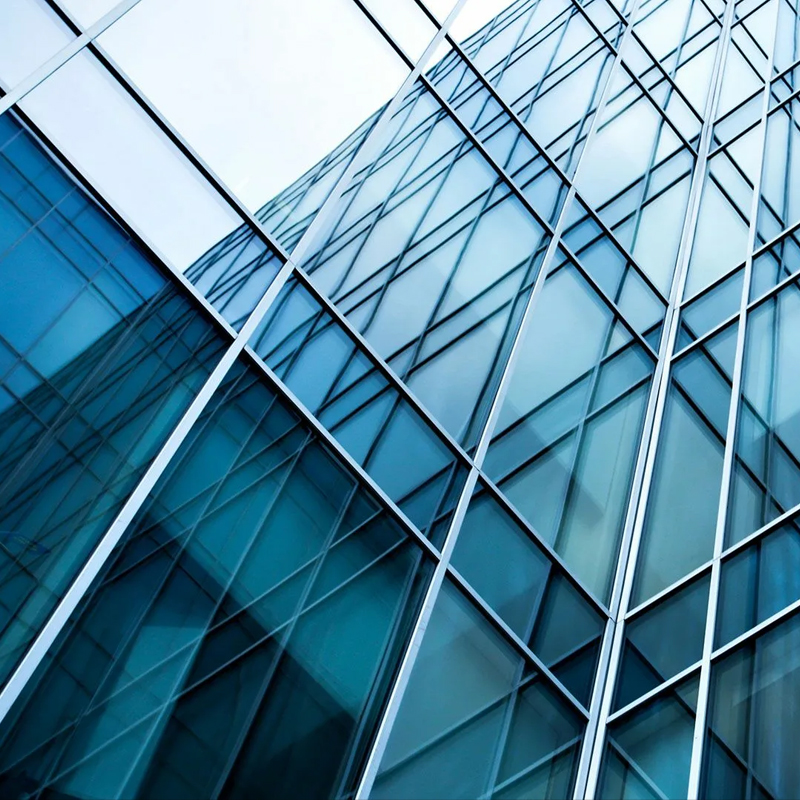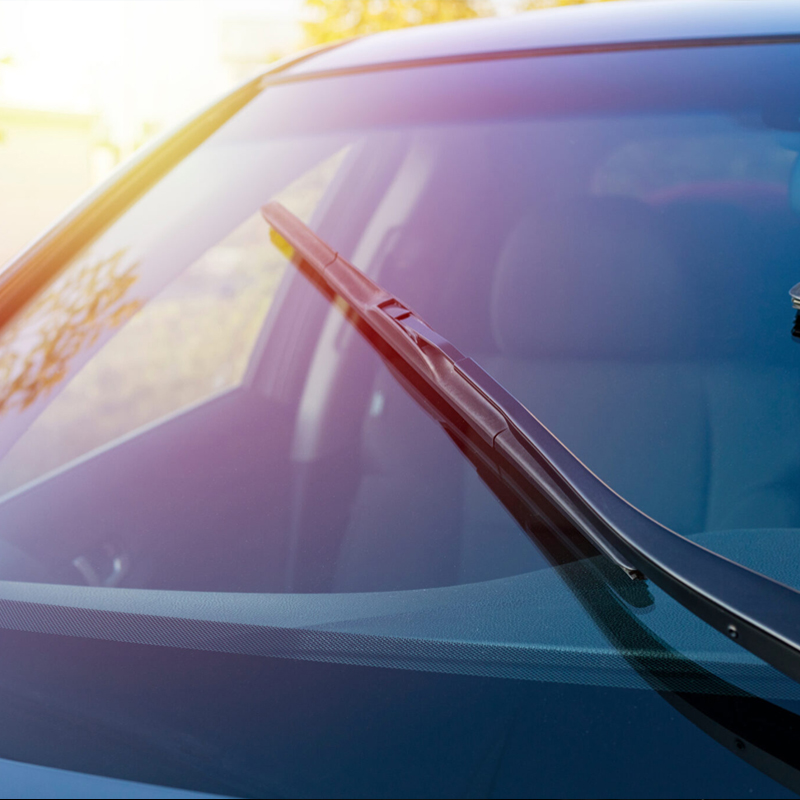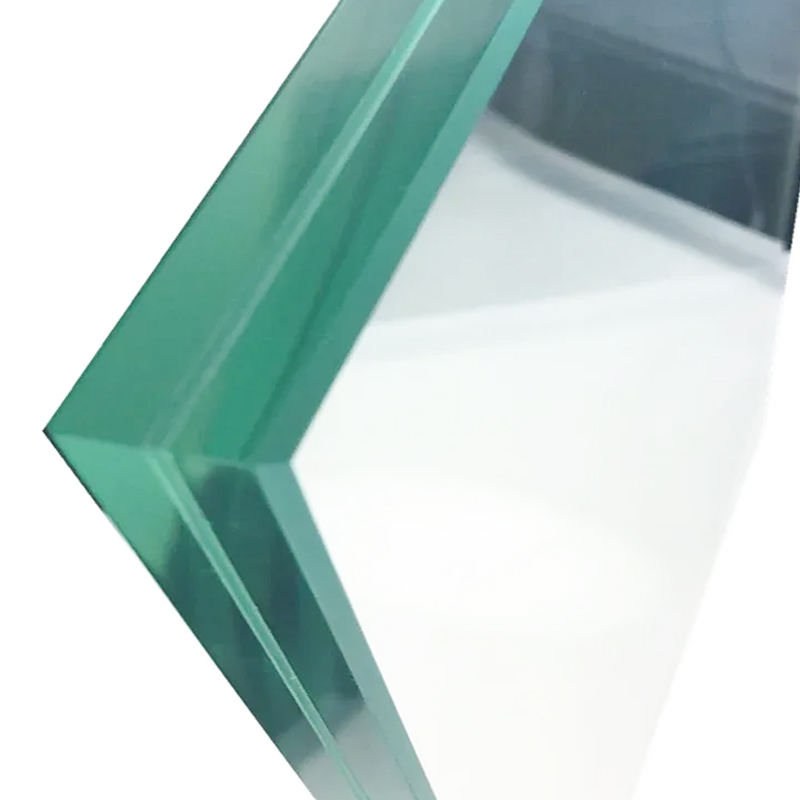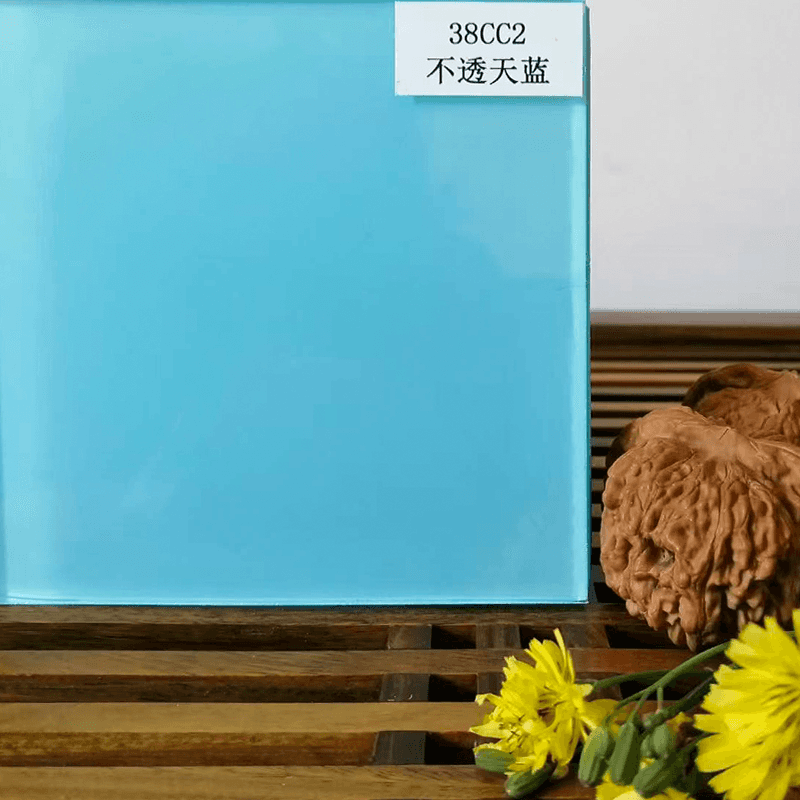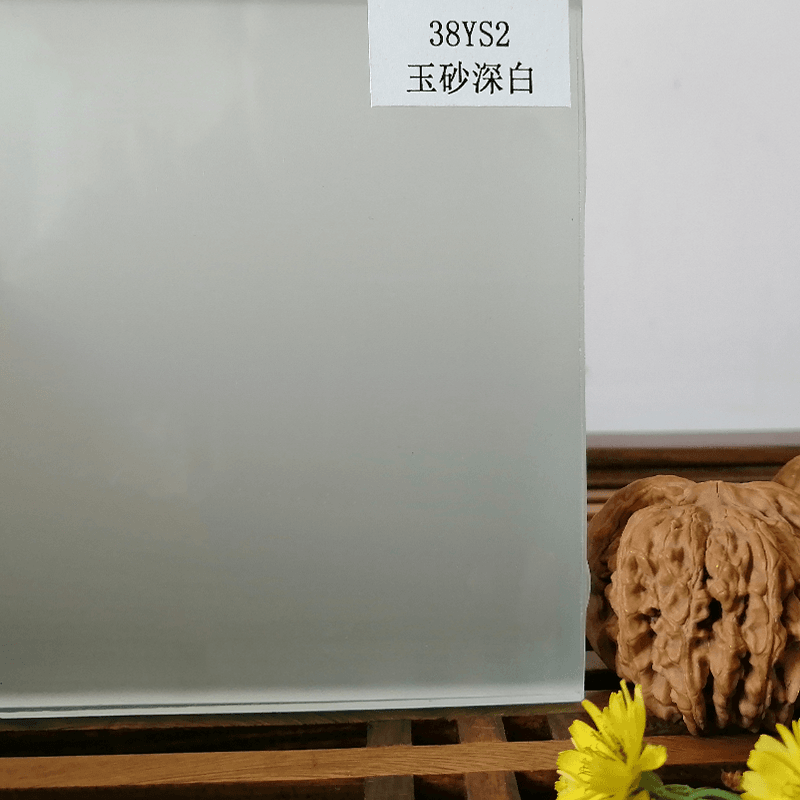language
Understanding how PVB interlayer film behaves under thermal stress is essential for ensuring the long-term performance and safety of laminated glass systems. In applications ranging from architectural glazing to automotive windshields and solar modules, temperature fluctuations can significantly affect the structural integrity of the final product. As temperatures rise and fall, materials expand and contract at different rates—a phenomenon known as the coefficient of thermal expansion (CTE). When glass and the interlayer respond differently to these changes, internal stresses develop, which can lead to delamination, optical distortion, or reduced impact resistance.
The PVB interlayer film plays a crucial role in managing this dynamic by acting as a flexible yet strong bonding agent between glass panes. Its unique viscoelastic properties allow it to absorb some of the mechanical strain caused by thermal movement. Unlike rigid materials that crack or separate under stress, high-quality PVB interlayer film maintains its adhesion while accommodating differential expansion. This ability is especially important in environments where glass assemblies experience extreme or repeated temperature variations—such as desert climates with scorching daytime heat followed by cold nights, or vehicles parked in direct sunlight and then rapidly cooled.
Adhesion performance of PVB interlayer film is not solely about initial bonding strength; it’s also about maintaining that bond over time and under real-world conditions. The chemical composition of PVB, combined with carefully selected plasticizers like triethylene glycol di-2-ethylhexanoate (commonly referred to as 3GO), influences how well the film adheres to glass surfaces across varying temperatures. A well-balanced formulation ensures that the film remains tacky enough to form a durable bond without becoming overly soft or sticky, which could compromise clarity or dimensional stability.
In industrial settings, laminated glass undergoes autoclaving to achieve optimal bonding between the PVB interlayer film and the glass. During this process, precise control over temperature and pressure is essential to eliminate bubbles and ensure full lamination. However, once installed, the material must endure years of environmental exposure. That’s why manufacturers must test their PVB interlayer film against accelerated aging cycles, simulating years of thermal cycling in controlled laboratory conditions. These tests help identify potential weaknesses in adhesion and elasticity before the product reaches the market.

At Daruihengte, we prioritize both scientific precision and practical application when developing our PVB interlayer film . Our production process incorporates advanced extrusion technology and quality-controlled raw materials to deliver consistent thickness, uniform plasticizer distribution, and reliable thermal behavior. Whether used in curved automotive glass, hurricane-resistant windows, or photovoltaic panels, our PVB interlayer film is engineered to perform reliably in high-stress environments.
One often overlooked aspect is edge stability. Over time, moisture and temperature swings can weaken the edges of laminated glass if the PVB interlayer film lacks sufficient resistance to hydrolysis and thermal degradation. Edge lift or delamination not only affects appearance but also compromises safety and insulation properties. To combat this, our films are formulated to resist moisture ingress and maintain edge integrity even after prolonged exposure to humid or fluctuating thermal conditions.
From an engineering perspective, selecting the right PVB interlayer film means more than just meeting basic transparency or impact standards—it requires understanding how the material will behave throughout the entire lifecycle of the glass assembly. Thermal expansion and adhesion are two critical parameters that influence not only performance but also durability, maintenance needs, and overall cost-effectiveness. Choosing a trusted supplier with deep technical expertise ensures that your laminated glass solutions remain safe, clear, and resilient no matter the climate or application.
In summary, the performance of laminated glass in demanding environments hinges on the thermal and adhesive characteristics of the PVB interlayer film . By focusing on material science, manufacturing consistency, and real-world testing, Daruihengte delivers PVB interlayer film that meets the evolving needs of global industries—helping you build safer, smarter, and more durable glass systems.

